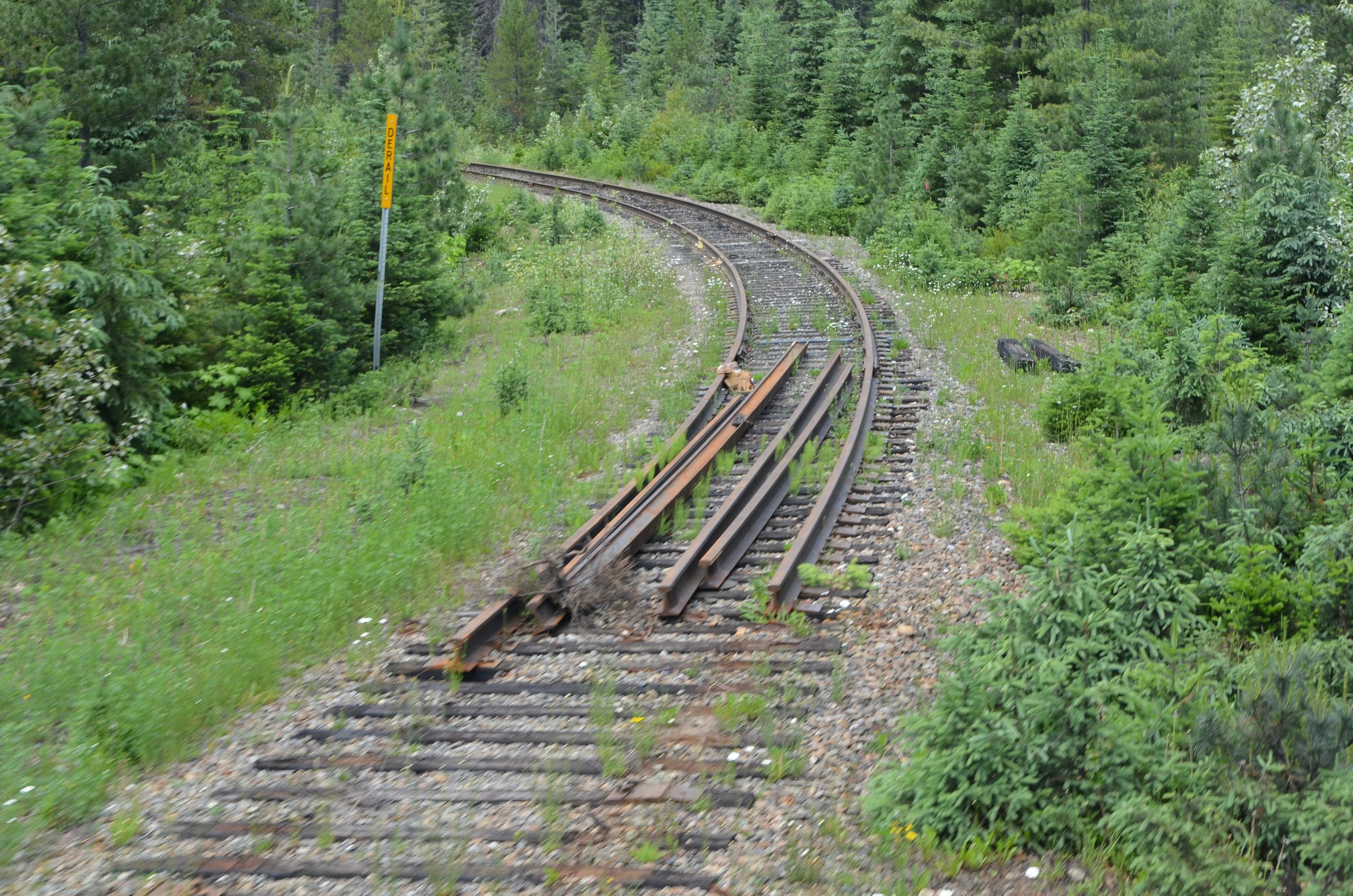Table of Contents
ToggleIntroduction
On March 27, 2023, a Canadian Pacific freight train derailed in Franklin Park, Illinois, causing transportation and safety concerns. This is not the first such incident in North America, and two other similar incidents happened on the same day in North Dakota. Train derailments can have catastrophic consequences, including loss of life, environmental damage, and disruption of transportation. In this article, we will explore the causes of train derailments, their consequences, and preventive measures that can be taken to avoid such incidents.
Causes of Train Derailments
Train derailments can be caused by various factors, including mechanical failure, human error, track defects, and weather conditions. Mechanical failure can occur due to faulty equipment, such as brakes, wheels, or couplers. Human error, such as incorrect switching, can also lead to derailments. Track defects, such as broken rails or loose bolts, can cause derailments. Weather conditions, such as high winds, heavy rain, or snow, can also play a role in train derailments.
Consequences of Train Derailments
Train derailments can have serious consequences, including loss of life, injuries, and environmental damage. Derailments can also disrupt transportation, causing delays and economic losses. The release of hazardous materials from derailed train cars can pose a significant risk to public safety and the environment. In the recent incidents in North Dakota, hazardous material leaked from the derailed train cars, raising concerns about the safety of the local residents.
Preventive Measures for Train Derailments
Preventive measures can be taken to reduce the risk of train derailments. Regular maintenance and inspection of train equipment and tracks can help to detect and prevent mechanical failures and track defects. Advanced technology, such as sensors and monitoring systems, can also be used to detect potential problems before they cause derailments. Proper training and supervision of train operators can help to reduce human error. Weather monitoring and forecasting can also help to prevent derailments by allowing train companies to take appropriate measures, such as reducing train speed or rerouting.
Case Studies
In addition to the recent incidents in North Dakota and Illinois, there have been several other notable train derailments in North America recently. In 2013, a crude oil train derailed in Lac-Megantic, Quebec, causing a massive explosion that killed 47 people and destroyed the downtown area. In 2015, a train carrying crude oil derailed and caught fire in Mount Carbon, West Virginia, causing the evacuation of nearby residents. These incidents highlight the importance of taking preventive measures to avoid train derailments.
Conclusion
Train derailments can have catastrophic consequences, but they can be prevented through regular maintenance and inspection, advanced technology, proper training and supervision, and weather monitoring. Train companies and regulatory agencies must work together to ensure the safety of the public and the environment. The recent incidents in North Dakota and Illinois serve as a reminder of the importance of taking proactive measures to prevent train derailments. By implementing preventive measures, we can reduce the risk of train derailments and ensure the safety of our communities.








1 thought on “Train Derailment Incidents in North America: Causes, Consequences and Preventive Measures”
Pingback: Rockwood Train Derailment: Causes, Impacts, and Response - Sustainability Awakening